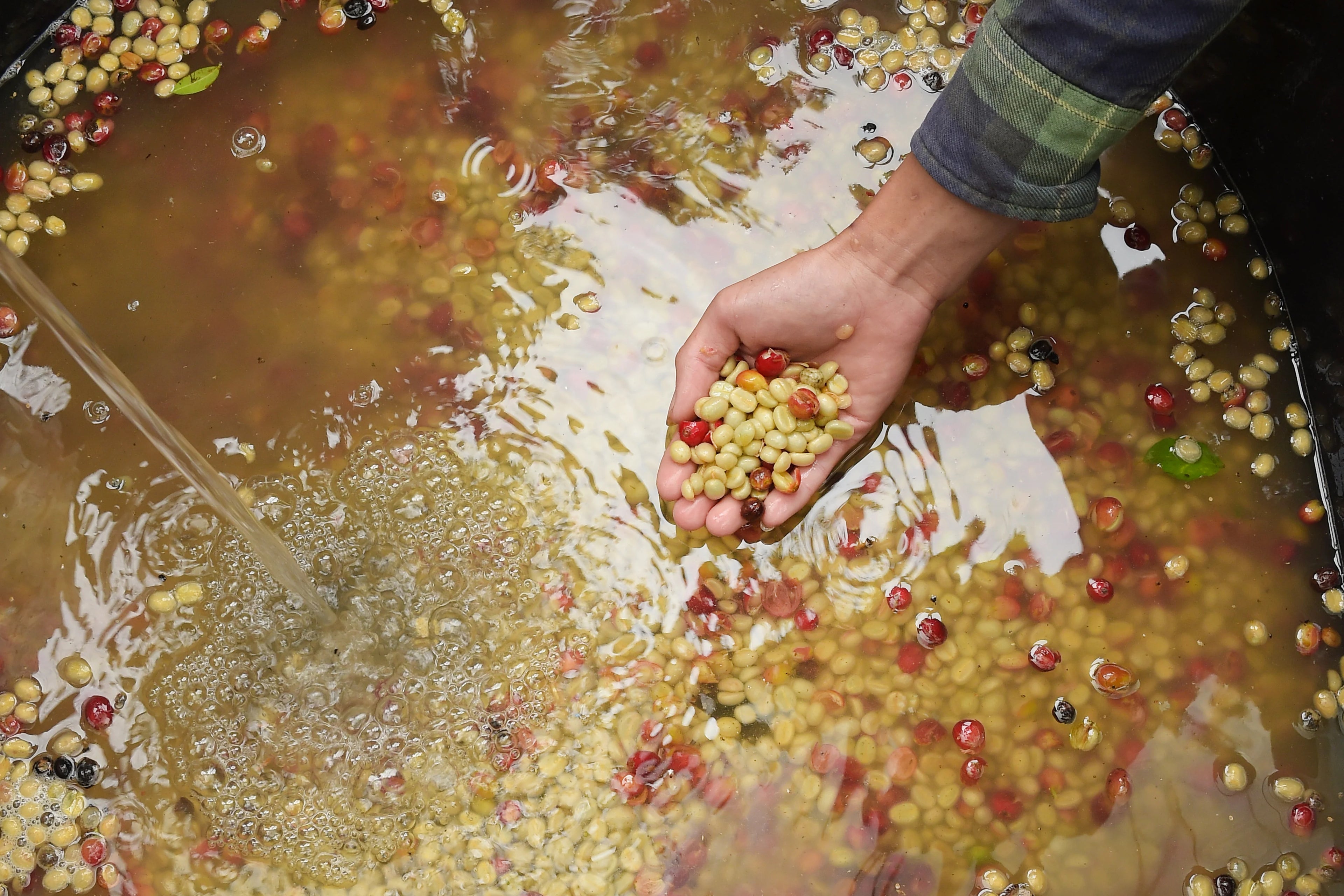
Washed
The Washed Method of Coffee Processing: A Legacy of Clarity and Consistency
The Washed process, also known as wet processing, is one of the oldest and most widely used methods for preparing coffee after harvest. Originating in East Africa and Latin America during the late 19th and early 20th centuries, the method became a standard for producing clean, high-quality coffees in regions with access to abundant water. Its popularity has grown alongside the specialty coffee industry due to its ability to highlight intrinsic flavor characteristics of the bean with exceptional clarity.
The process begins immediately after harvest, when ripe coffee cherries are delivered to the wet mill. The cherries are first mechanically depulped to remove the outer skin and most of the fruit (mucilage) from the bean. What remains is a sticky layer of mucilage surrounding the parchment-covered seed. These beans are then placed in fermentation tanks, where naturally occurring microbes break down the mucilage over 12 to 72 hours, depending on altitude, temperature, and desired flavor profile. Once fermentation is complete, the beans are thoroughly washed with clean water to remove any residual mucilage. Finally, they are dried—either on raised beds, patios, or in mechanical dryers—until they reach the appropriate moisture level for storage and export.
The washed process is prized for producing a clean, vibrant, and transparent cup profile, with heightened acidity and clearly defined flavor notes. This is especially beneficial in high-altitude coffees where terroir plays a significant role. Washed coffees often express citrus, floral, and stone fruit characteristics, making them ideal for single-origin offerings.
Despite its benefits, the process is not without challenges. Washed processing requires significant volumes of water, raising concerns about environmental sustainability, particularly in water-scarce regions. Additionally, over-fermentation—caused by poor tank hygiene or excessive fermentation time—can lead to off-flavors such as sourness, mustiness, or vinegar notes. Inadequate drying can also result in mold or phenolic defects.
Globally, the washed method accounts for approximately 40–45% of all coffee produced, with a stronghold in Colombia, Ethiopia (in part), Kenya, and parts of Central America. While natural and honey processes have gained traction in recent years for their fruit-forward profiles, the washed method remains a gold standard in the specialty market for its consistency, traceability, and its ability to showcase the purity of a coffee's origin and varietal character.
Shop Washed Process
-
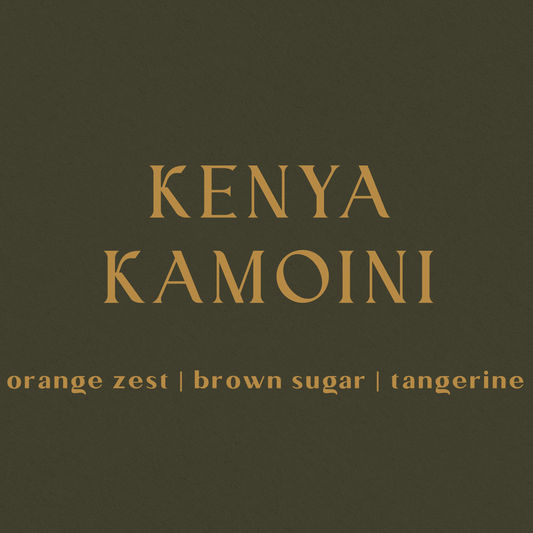 Sold out
Sold outKenya Kamoini
Regular price From $24.00 USDRegular priceUnit price / per -
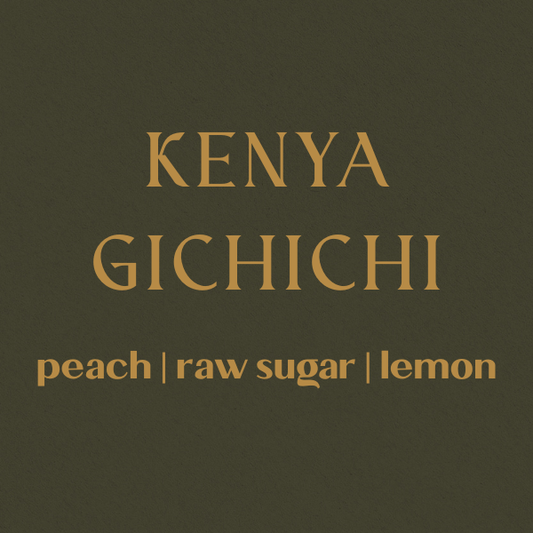 Sold out
Sold outKenya Nyeri Gichichi
Regular price From $20.00 USDRegular priceUnit price / per -
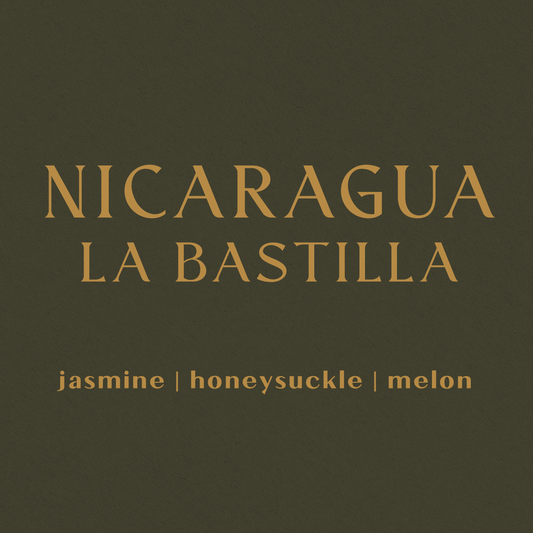 Sold out
Sold outNicaragua La Bastilla
Regular price From $26.00 USDRegular priceUnit price / per -
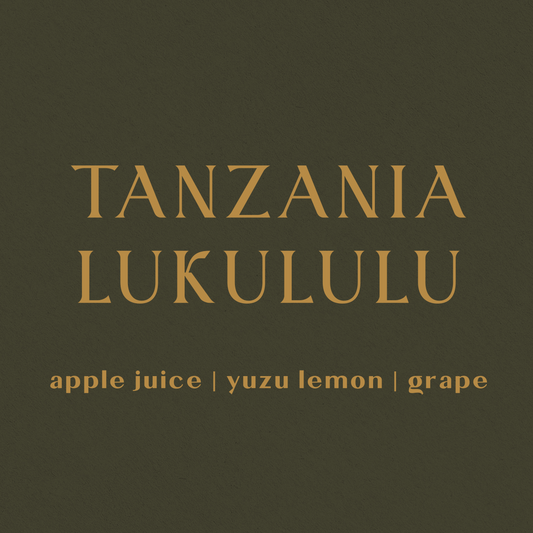 Sold out
Sold outTanzania Lukululu
Regular price From $20.00 USDRegular priceUnit price / per




